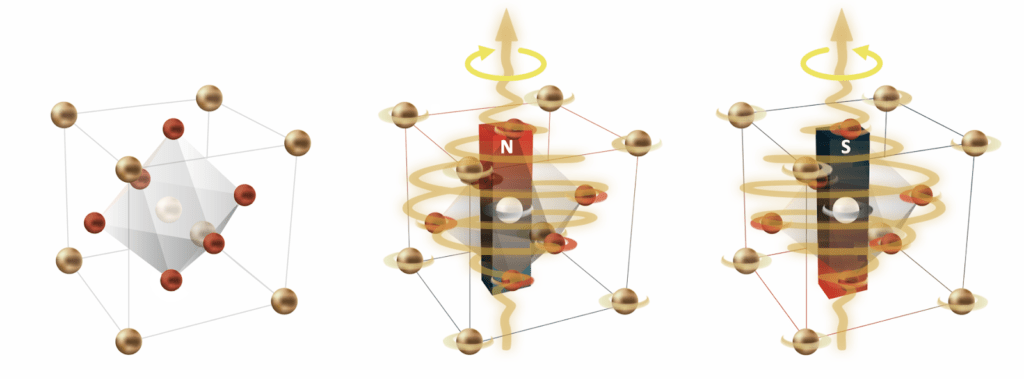Securing the Future: A Review of Key Management in QKD Networks
Secure communication is essential to modern digital infrastructure, enabling safe data exchange across global telecommunication networks. As computational capabilities grow, so do threats to classical encryption, prompting the development of advanced cryptographic methods. Quantum Key Distribution (QKD) offers a groundbreaking solution by enabling information-theoretically secure (ITS) key exchange, rooted in the principles of quantum mechanics rather than computational hardness. Unlike traditional methods, QKD remains secure even against adversaries with unlimited processing power. To overcome the distance limitations of direct quantum communication, trusted relay QKD networks have been developed. These networks act as secure extensions to classical systems, facilitating the generation and distribution of cryptographic keys across larger scales. However, due to limited key generation rates, efficient key management is critical, especially when integrating QKD into critical infrastructures. Key management ensures optimal use of resources, addressing challenges like key allocation, storage, and prioritization. The accepted work addresses this need by providing a comprehensive review of key management approaches tailored for trusted-relay QKD networks. The surveyed strategies encompass various aspects of key lifecycle management, such as key generation, storage, routing, prioritization, and expiration, as well as integration with existing security protocols and infrastructure requirements. Through in-depth analysis, the paper aims to identify promising techniques, highlight existing limitations, and outline areas for further research. The ultimate goal is to facilitate the strategic development and deployment of scalable, secure, and efficient QKD networks that can be seamlessly integrated into existing communication infrastructures, paving the way for a quantum-safe future. The work is also the result of a long-term research cooperation between researchers from University of Sarajevo (Department of Telecommunications) Bosnia-Erzegovina, VSB-Technical University of Ostrava (Department of Telecommunications) Czech Republic and Ca’ Foscari University of Venice (Department of Molecular Sciences and Nanosystems) Italy. The full article is available at the following link: https://dl.acm.org/doi/10.1145/3730575
Securing the Future: A Review of Key Management in QKD Networks Read More »










